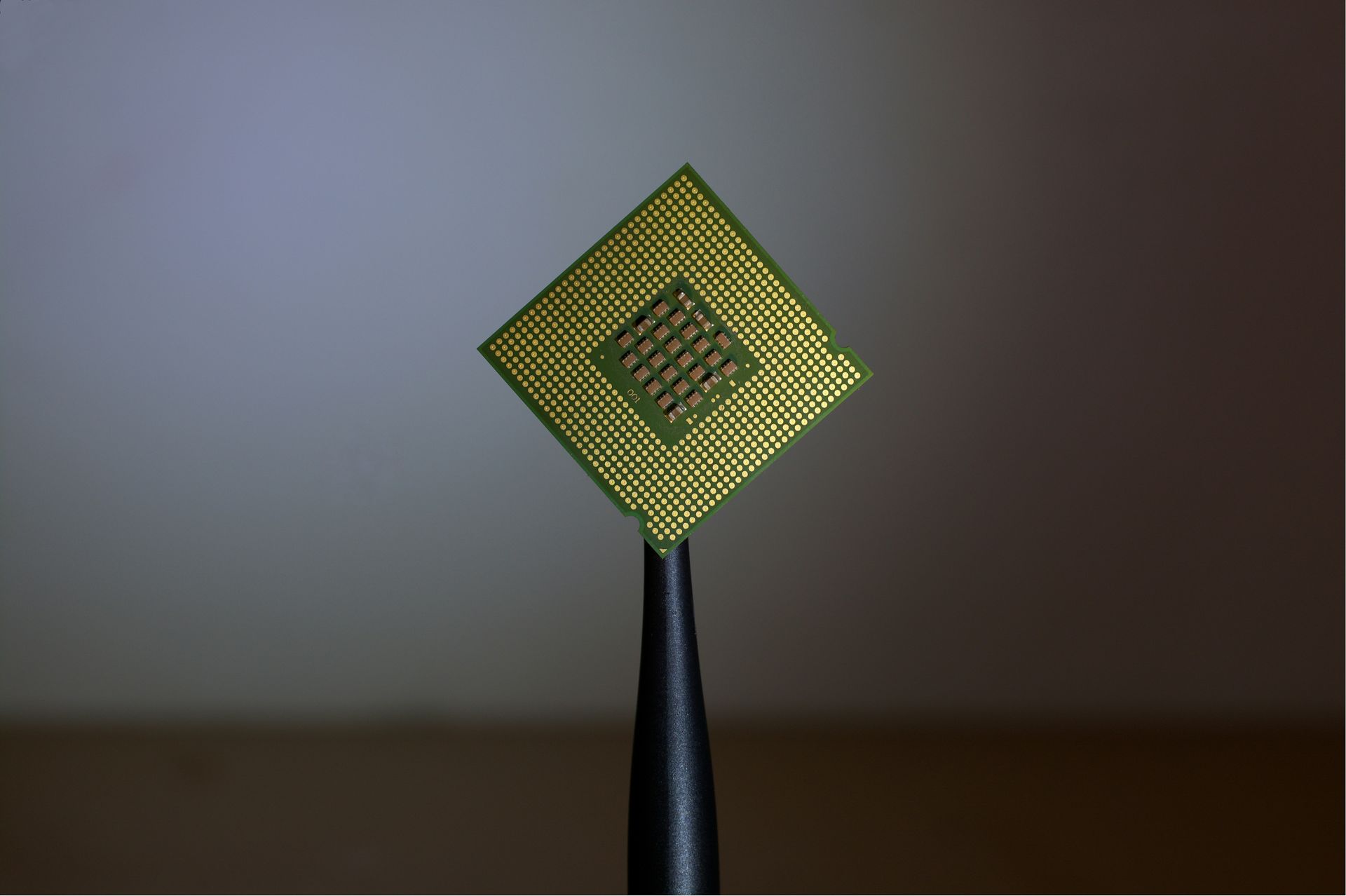China has introduced new guidelines aimed at phasing out the use of US-made microprocessors (AMD and Intel) from government computers, as the Financial Times reports.
This move leans into China’s ongoing initiative to bolster its domestic technology sector and lessen its dependence on foreign suppliers.
Let’s explore the potential implications of this decision, the reasoning behind it, and China’s ambitions for a self-reliant technology industry.
China is preparing for a comprehensive technology overhaul
China’s new guidelines go beyond simply favoring domestic chipmakers.
The move aims to replace foreign technology across the board, including operating systems like Microsoft Windows and database software.
This aligns with a broader national strategy known as “xinchuang,” which focuses on technological independence in crucial sectors like government and the military.
Motivations and the role of US-China tensions
China’s actions are likely motivated by a combination of factors:
- Security concerns: The potential for security risks and vulnerabilities in foreign-sourced technology is a significant concern for governments globally
- Supply chain resilience: The ongoing chip shortage has exposed the fragility of supply chains. China seeks to establish a more secure and domestically controlled technology supply
- Technological self-sufficiency: The goal of becoming a technological superpower depends heavily on a robust domestic semiconductor industry
The US-China tech rivalry is a significant driver, with China’s actions likely fueled by US sanctions against its own tech companies.

What homegrown CPUs could fill the AMD and Intel’s gap?
To replace Intel and AMD processors, China is looking towards domestic chipmakers like:
- Loongson: This company focuses on x86-compatible processors, aiming to offer similar functionality to Intel and AMD chips
- Zhaoxin: Another x86 competitor, Zhaoxin is also developing its own processor architectures
- Huawei: While currently blacklisted by the US, Huawei’s HiSilicon subsidiary designs its own Kunpeng series of ARM-based processors
These Chinese CPUs are still under development. While they may eventually compete with established players, they currently face challenges in terms of performance, compatibility, and software ecosystem maturity.
China’s chip ambitions
China is investing heavily in its semiconductor industry, aiming to achieve technological parity, if not superiority. However, the road ahead is not without hurdles:
- Technical challenges: Designing and manufacturing high-performance chips is incredibly complex. Chinese companies still trail behind Intel and AMD in this respect
- Talent gap: Attracting and retaining top talent within the semiconductor field is crucial for China’s success. The country faces competition from other tech hubs globally
- IP barriers: Access to advanced chip designs and manufacturing technology may be hampered by intellectual property restrictions and export controls
Yet,China’s decision to transition away from Intel and AMD chips carries substantial potential to transform the technological landscape. Whether China can successfully develop a fully independent and thriving semiconductor industry remains to be seen. This move highlights a growing trend towards technological nationalism and underscores the complex geopolitical dynamics shaping the future of technology.
Featured image credit: Laura Ockel/Unsplash.




